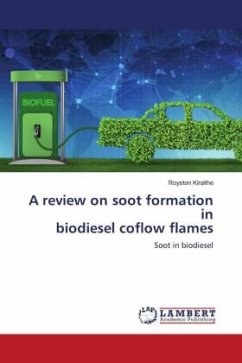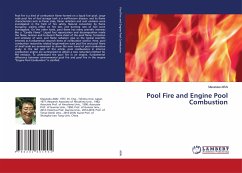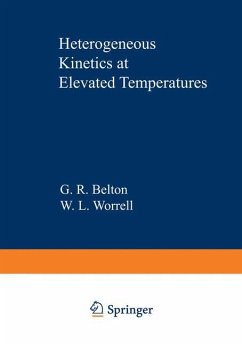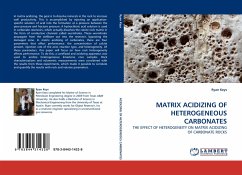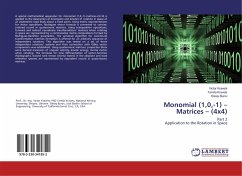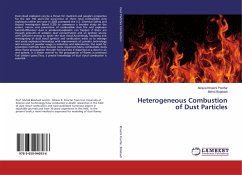
Heterogeneous Kinetics and Soot Chemistry
Development of a Novel Heterogeneous Kinetics Reactor and Chemical Characterization of Soot Particles
Versandkostenfrei!
Versandfertig in 6-10 Tagen
52,99 €
inkl. MwSt.

PAYBACK Punkte
26 °P sammeln!
There is a significant amount of uncertainty in the radiative forcing of black carbon (soot) on the environment. This is primarily due to its indirect effects. Several important pieces of information, with regards to particle surface chemistry, are currently unknown and elucidate a complete quantitative assessment. Its heterogeneous processing in the atmosphere is highly dependent upon the surface chemistry and, thus, plays a key role in properly assessing soot s radiative forcing. Many previous heterogeneous reaction experiments with soot have inherent reactor design flaws (diffusion) and are...
There is a significant amount of uncertainty in the radiative forcing of black carbon (soot) on the environment. This is primarily due to its indirect effects. Several important pieces of information, with regards to particle surface chemistry, are currently unknown and elucidate a complete quantitative assessment. Its heterogeneous processing in the atmosphere is highly dependent upon the surface chemistry and, thus, plays a key role in properly assessing soot s radiative forcing. Many previous heterogeneous reaction experiments with soot have inherent reactor design flaws (diffusion) and are conducted at atmospherically peripheral conditions. Thus, a novel reactor, particle on substrate stagnation flow reactor, was developed to circumvent these problems. Chemical characterization of soot particles produced and sampled using well-controlled methods addresses other problems in prior studies and aids in further understanding soot formation and growth.



